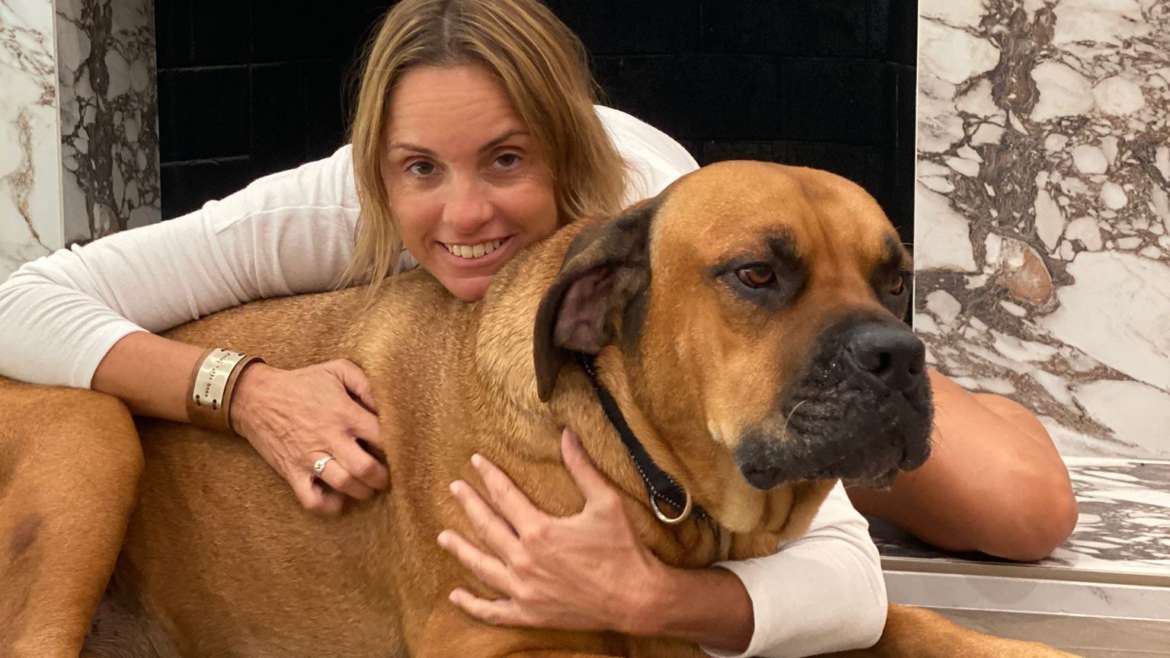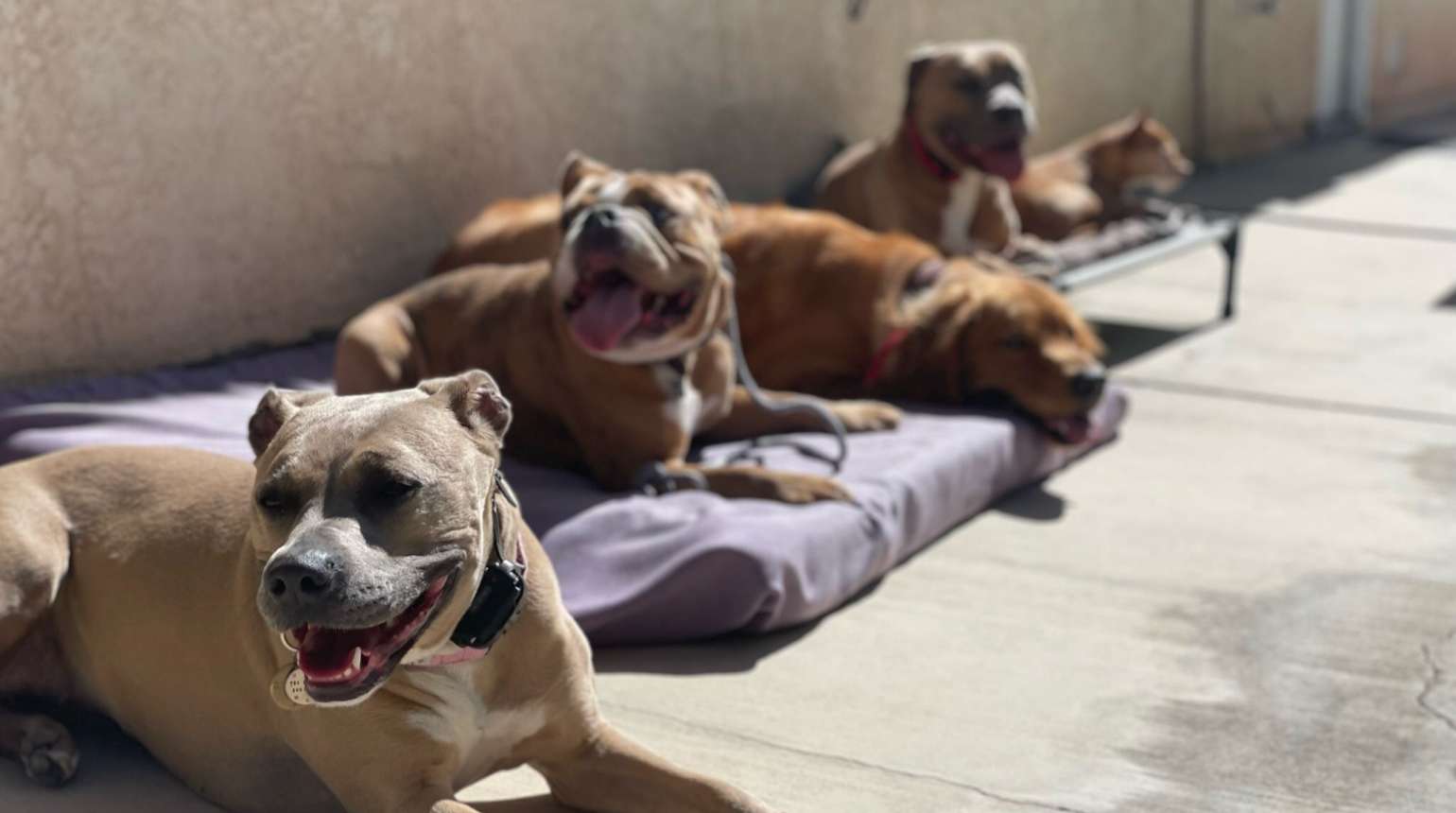You are finally ready, you have decided, planned, prepared and you are now pulling the trigger on getting yourself a dog. You have read books, you have seen videos, but are a little confused on what exactly to focus on. How and what to start teaching your new furry companion is something that different trainers will have different answers to, since it usually depends on their training style and school of thought. I tend to think of commands as the culmination of trust in the relationship, the behavior that I can and will always ingrain in the dogs I work with, in order for us to have the most fluid communication possible. Commands, in my opinion, are the ultimate representation of our communion with dogs. We teach a dog not to necessarily understand what a word means, but what it represents physically, but most importantly, mentally. So here are my three essential “commands” that I teach the dogs I work with. Feel free to substitute the actual words for anything else you like. It is the state of mind and body that we are looking for, not the grammatical correctness of it.
1. Down
The down that I ask dogs to practice is equal to a surrender state of mind. When I teach dogs to lie down, the physicality helps them (and me) to reach a calmer state. So we start with the action, meaning I ask the dog for no flight, no fight, no avoidance. It helps to have a pre defined area (a bed, towel, blanket) so it is easier for the dog to understand. In that space, the dog can stand up, sit, but not leave. I ask the dog to stay there until they surrender – lie down (lying down is a much easier way to achieve surrender then standing up – hence why we prefer to sleep horizontally). Once the dog lies down, I say the word. The intention is to start layering the action and the word. I invite them off the bed, take a few steps, bring them back to the bed and start over. Then, as with any command you want to teach, I repeat it over with either more distance, more duration and/or more distraction.
The more the dog is able to surrender to anything new and stay on the bed, the more they are getting the command of the word. The word becomes synonymous with ‘you’re off duty now’. I equate surrender to being on a hammock, drinking a margarita; whatever is happening while I am here, does not and will not concern me. Down, Place, Bed, Chill… all mean that the dog can trust you to take care of whatever comes up. They can relax and practice not being involved for a while. On the other hand, hyper active dogs, see staying put, in one place, as their job. Instead of chasing the squirrel, you give the dog something else to do: ‘stay on the bed bud, that is your contribution to the pack right now’. They become fulfilled by doing something that requires mental work, not necessarily physical work.
2. Follow
Since our job as dog guardians is protection and direction, our dog’s job is to follow our lead. Come, heel, here… all mean follow me. We are not hunting, we are not stalking, we are not exploring, we are traveling. That is the state of mind I ask of the dogs when we are walking, be it on or off leash. Starting the process on leash, ask your dog to follow you, every time they get ahead, turn 90° in a different direction and do a slight pop on the leash. In the dog training world we call this ‘tap and turn’. In the beginning you will be turning a lot. Eventually the dog starts to realize that they have to be aware of where the human is, and follow them. If not, they get a pop of the leash. Once you and your dog have established these rules, give them a longer leash (more distance). Let them go further and then turn, repeat that until you trust that your dog will follow you or come when when you call them. After that add more distractions, like having people or other dogs around, will your dog still follow you? What about if there is food around on the ground, will the come? All of these are tools to help ingrain in your dog that their job is to always, always follow your lead. Once you both have command of these distractions, then you are ready to have your dog off leash in a follower state of mind.
3. Give Space
Giving space to me means being respectful. We are teaching our dogs to be polite when we ask them to give space to other dogs, to people, to food, to any stimuli that may come their way. We ask them to assess and evaluate a given situation at a distance (social space) and not invade personal or intimate space unless invited. That allows our dogs to participate in activities in a respectful manner and also avoids the trouble that comes with over excitement. I have found that the easiest way to do that is by example. Whenever I am walking dogs and we come across loud, smelly or excited stimuli, I ask the dogs to follow me. We create a little more distance simply by stepping a few feet in the opposite direction. Depending on the situation (a tight place where I would have to squeeze to pass around people) I ask them first and foremost to surrender that the people are going to have the right of way and then we continue moving. The more you do that, the more the dog learns to respect invisible boundaries, to look to you for guidance and to stay calm no matter what life throws their way.
Remember, try to think of whatever command you want to teach your dog in this way: have my dog and I practiced this enough that we can be in command of the situation. Any situation. If you want to have the confidence that your dog will listen to you, then make sure you both have mastered whatever it is you want your dog to do.



